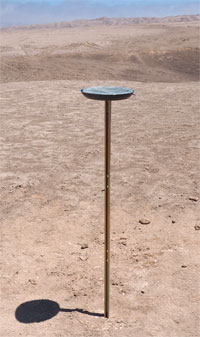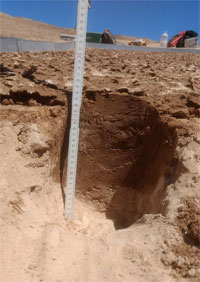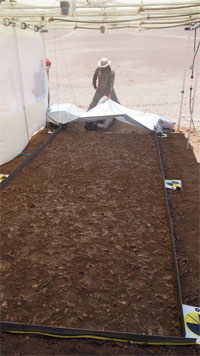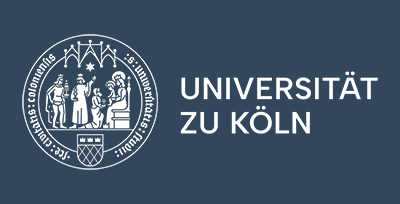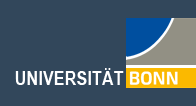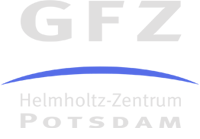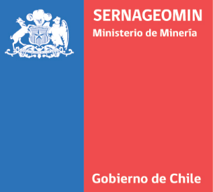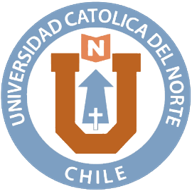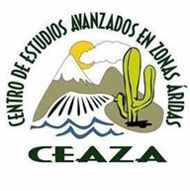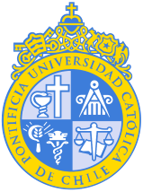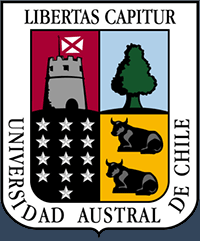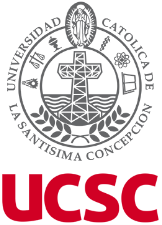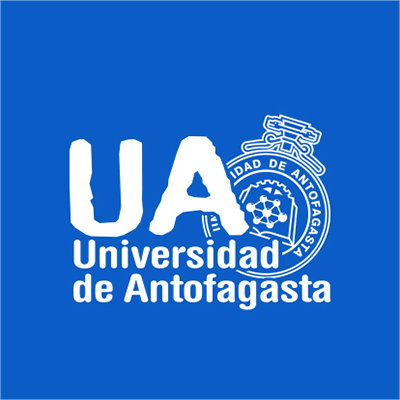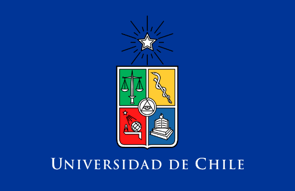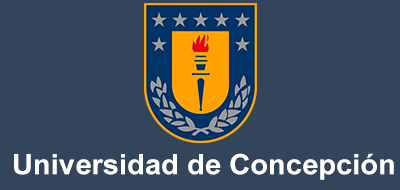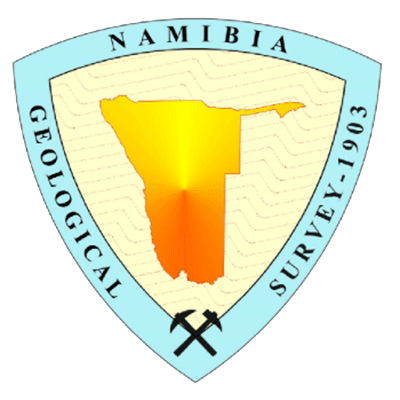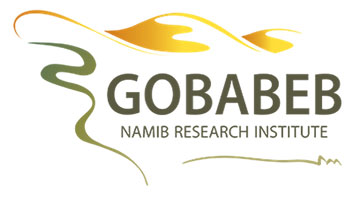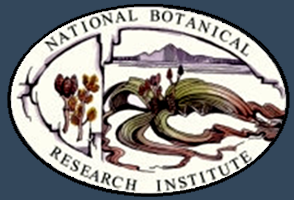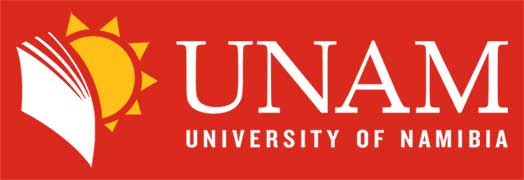... with focus on the installation of weather stations, the realization of irrigation experiments, and the installation of dust sampling devices. During the second field campaign in September-October 2017, PhD student Franko Arenas Díaz from Universidad Catolica del Norte (UCN – Antofagasta) accompanied Z2 and Z3. We were able to successfully set up and configure the first transect of weather stations, which consists of five weather stations stretching from the coast along the Rio Loa valley to the Andes.
In addition, we gathered data from those two stations, which were set up in March and April 2017. The data revealed interesting insights into wind direction patterns and nightly dew, which was sufficiently high to be measured as 0.1mm of precipitation in the rain gauge. In addition, first online communication and data transmission devices were installed and are currently operating. Two stations are now delivering data by using the GOES Data Collection System (DCS) provided by the National Oceanic and Atmospheric Administration (NOAA).
Within the framework of C03 and Z03, we carried out a second irrigation experiment in the Salar Grande area. Compared to March 2017, a different set-up and nozzle configuration was used during irrigation, resulting in an artificial intense rain event of ~60 l/m3 per hour. No (!) surface discharge was observed, which points to no or insignificant morphological impact of any potential rain event in this and comparable settings. Pre- and post-irrigation photo documentation for SfM photogrammetry shall detect subtle surface changes during and after irrigation. Finally, besides an initial field survey to explore sites with zebra stripe surfaces, we installed first dust collectors of MWAC- (modified Wilson and Cook) and MDCO- (Marble Dust Collector) type. These dust collectors represent the starting point for future investigations on dust deposition and dust characteristics and shall be sampled regularly.
We thank Campbell Scientific and NOAA for their help!




